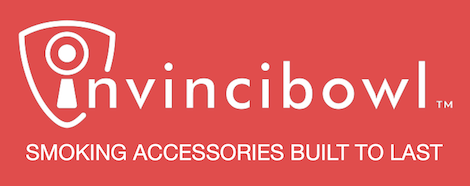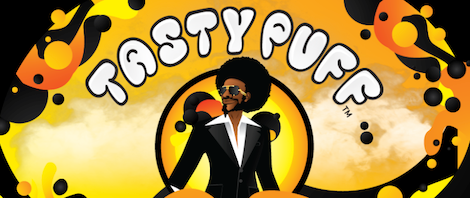Statistics show that states that have legalized medical marijuana and made it available to patients have seen a 25% drop in opiate related overdoses. This alone proves that patients are choosing medical marijuana as a safer alternative – but now there’s a study that backs up this statistic. Researchers took a look at how much Medicare was spending on prescription medications (through Medicare Part D) and found that the number of prescriptions for conditions that can be alternatively treated with medical marijuana declined from 2010 – 2013.
Prescriptions for things like opioid painkillers (think Vicodin, OxyContin, Hydrocodone, etc), anti-anxiety, and antidepressants – among others – all saw a significant drop during that time period, but only in states with medical marijuana programs. That drop saved Medicare roughly $165.2 million in 2013 alone and the number of daily doses of painkillers alone dropped by 1826 doses – all pointing to the fact that patients were choosing medical marijuana and doctors were recommending it.
“The results suggest people are
really using marijuana as medicine and not just using it for
recreational purposes,” Ashley Bradford, a student researcher at the
University of Georgia (UGA) and the lead author of the new study, said in a statement.
These findings were also based on the fact that medications for which medical marijuana is not an alternative (blood thinners, for example) have not seen a reduction in the number of daily doses prescribed and paid for. While this data is not scientific proof that medical marijuana works – it is proof that enough people are turning to it, so it must be effective. Otherwise, wouldn’t people stick to the medications that did work?
“We wouldn’t say that saving money is the reason to adopt this. But it should be part of the discussion,” he (W. David Bradfor) added. “We think it’s pretty good indirect evidence that people are using this as medication.”
Millions of dollars saved only ends up accounting for 0.5% of the spending tracked by Medicare Part D – and if medical marijuana ever becomes Schedule II then insurance may begin to cover it (though likely only FDA approved versions) so that savings wouldn’t be quite as significant later on – but it’s still nothing to ignore. Marijuana is less expensive to produce, especially on a large scale, so it would still end up being a more cost effective treatment in the end.
via: the Marijuana Times




















